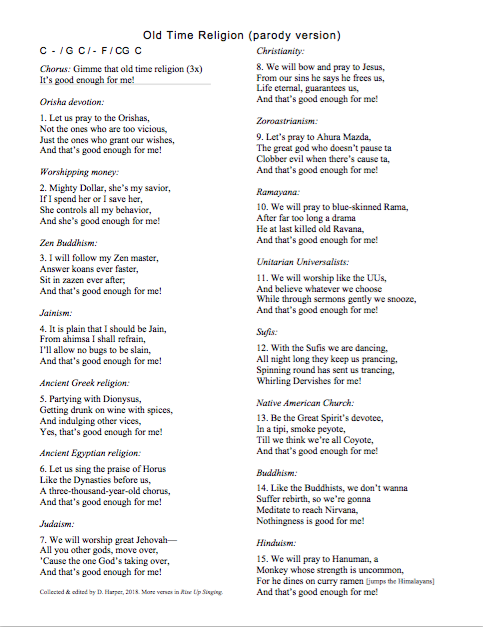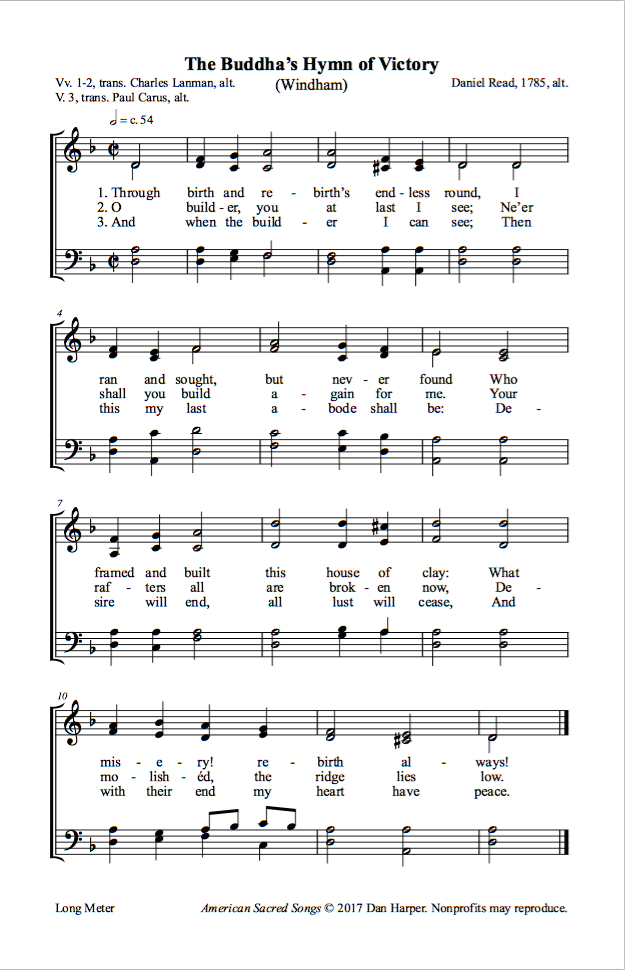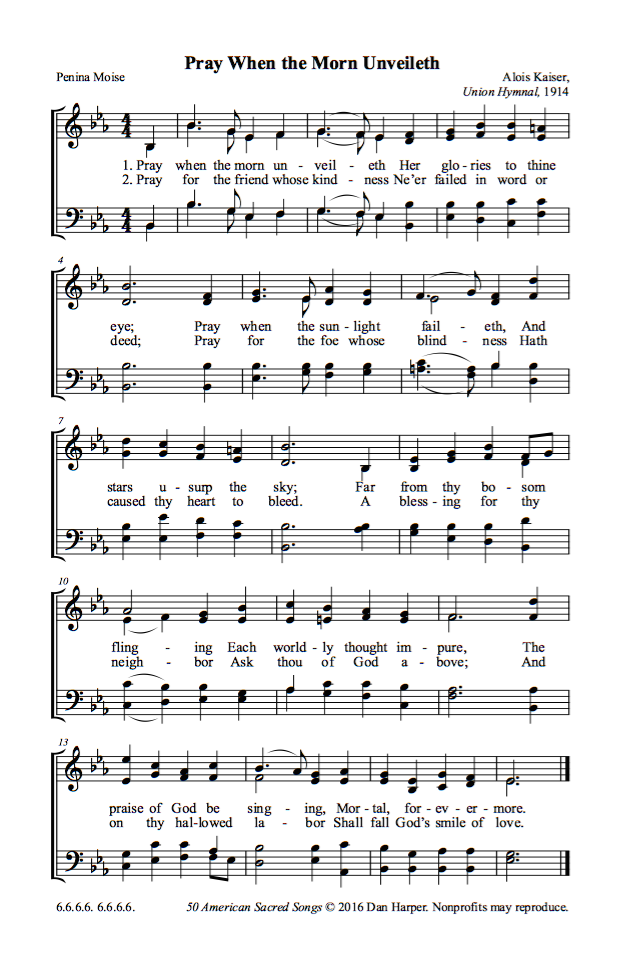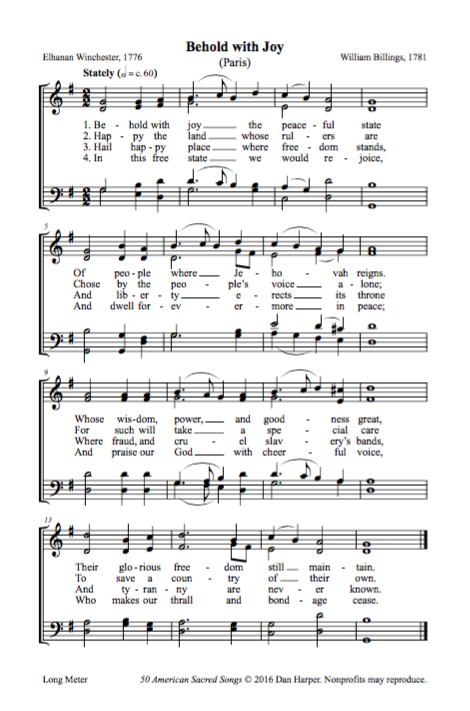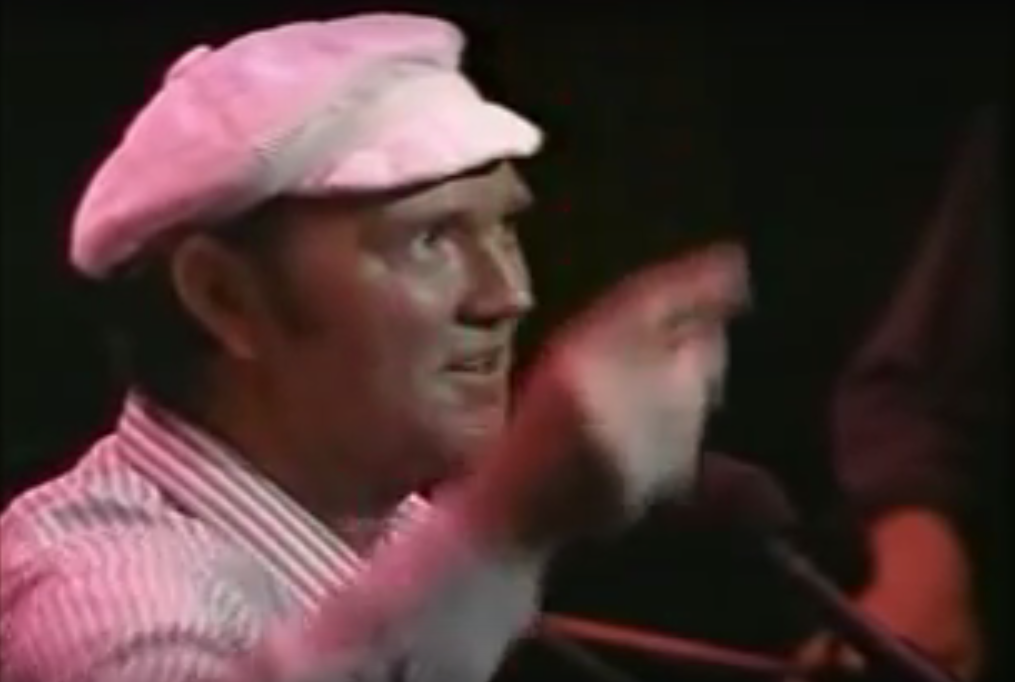Here’s an old talking blues I found in my files, cleaned up a bit, and added chords to. It might be hard to figure out the rhythm in places, so I’ve italicized the main beats.
Walking down the street one fine summer day
A young man stopped me ’cause he had something to say:
“If you want to get to heaven when you up and die,
“You better come to my church, going to tell you why:
“You’re an old man… Time to turn to Jesus…
“We’ll help save you… Make you right with God.”
I said to him, “Kid, you might be right,
“But I think that you and I are fighting different fights:
“I’m fighting to save the world and I’m fighting to save the land;
“Your kind of saving I don’t really understand.
“But God and me go way back… Jesus too…
“And who you calling old… Young whippersnapper…”
“You’ll be damned,” he said mournfully,
“If you don’t stop your sinful ways and follow me!”
That’s all he could say. I feel kind of bad,
But I laughed at him, and he walked away mad.
I let him go… Sad kind of fellow…
Never smiled once… Depressed…
Now that poor fellow, when he up and dies,
He’s going to get one hell of a surprise,
Saint Peter’s going to ask him, “Kid, what did you do?
“Did you fight for peace and justice, the environment, too?
“Say what?… Mostly proselytized?
“Gee, that’s too bad… Say hi to Lucifer for me…”
As for me, when I up and die,
Saint Peter’s going to be the one who gets a surprise,
I’ll march right past him, headed straight on down,
Fight for peace and justice there under the ground.
Organize the damned… Unionize the devils…
Roll the bosses over… Turn hell into heaven…
If we want to get to heaven, here’s what we’re going to do:
Going to fight for peace and justice, maybe sing about it too;
Going to stop climate change so we don’t get barbecued;
And if folks need to eat then we’re going to get them food.
That’s the path to heaven… Clean air and water…
Social justice… And plenty of food…
D – G – /
A7 – D – /
D – G – /
A7 – D7 – /
G7 – – – /
A7 – – – //
(c) 2018 Dan Harper (with thanks to Ted Schade and the New Bedford Folk Choir, 2009)

